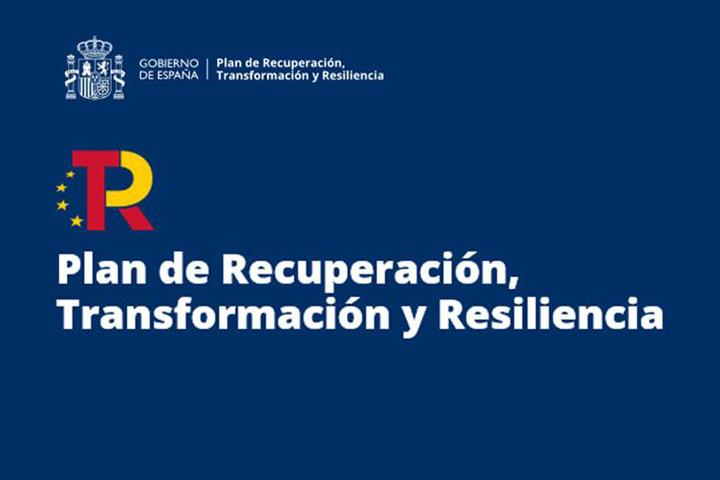To address the severe crisis caused by the Covid-19 pandemic, the European Union proposed a temporary recovery instrument, the Next Generation EU Plan, endowed with €750 billion. This historic amount will be channelled to member states in two tranches: €390 billion in grants and €360 billion in loans.

These funds aim to rebuild the European economy after Covid-19 and make it more sustainable, digital and resilient. Spain has the option of accessing 140 billion euros, of which 72 billion will be non-refundable. For the time being, the Spanish government will only ask for these 72 billion euros allocated in direct aid. The mobilisation of these funds will be concentrated in just three years, in the period 2021-23, in order to maximise their impact on the rapid reconstruction of the economy, while the loans will serve to complement, subsequently, the financing of the projects underway. In addition to all these funds, €79 billion will be provided by the structural funds and the Common Agricultural Policy for 2021-27.

Spain will distribute Recovery Plan funds in three ways:
- The Strategic Projects for Economic Recovery and Transformation (PERTE): a new form of public-private collaboration that identifies structural projects with a great capacity to boost growth, employment and competitiveness of the Spanish economy. The first PERTE to be published is the Electric and Connected Vehicle.
- Subsidies, for the financing of public assets, through competitive calls for proposals. They require public-private financing.
- Contracts, for the financing of public assets, through tenders. Financing can be 100% public or public-private (concessions).
In July 2021, the Council of Economic and Finance Ministers (ECOFIN) definitively approved the Spanish Recovery Plan, and a few weeks later the Spanish government received the first €9 billion. Among the many specific measures included in the Recovery Plan are to digitise more than one million SMEs, support more than 3,000 companies in their internationalisation, train more than 2.6 million people in digital skills and deploy plans to promote female talent, or install more than 240,000 interactive digital classrooms.

